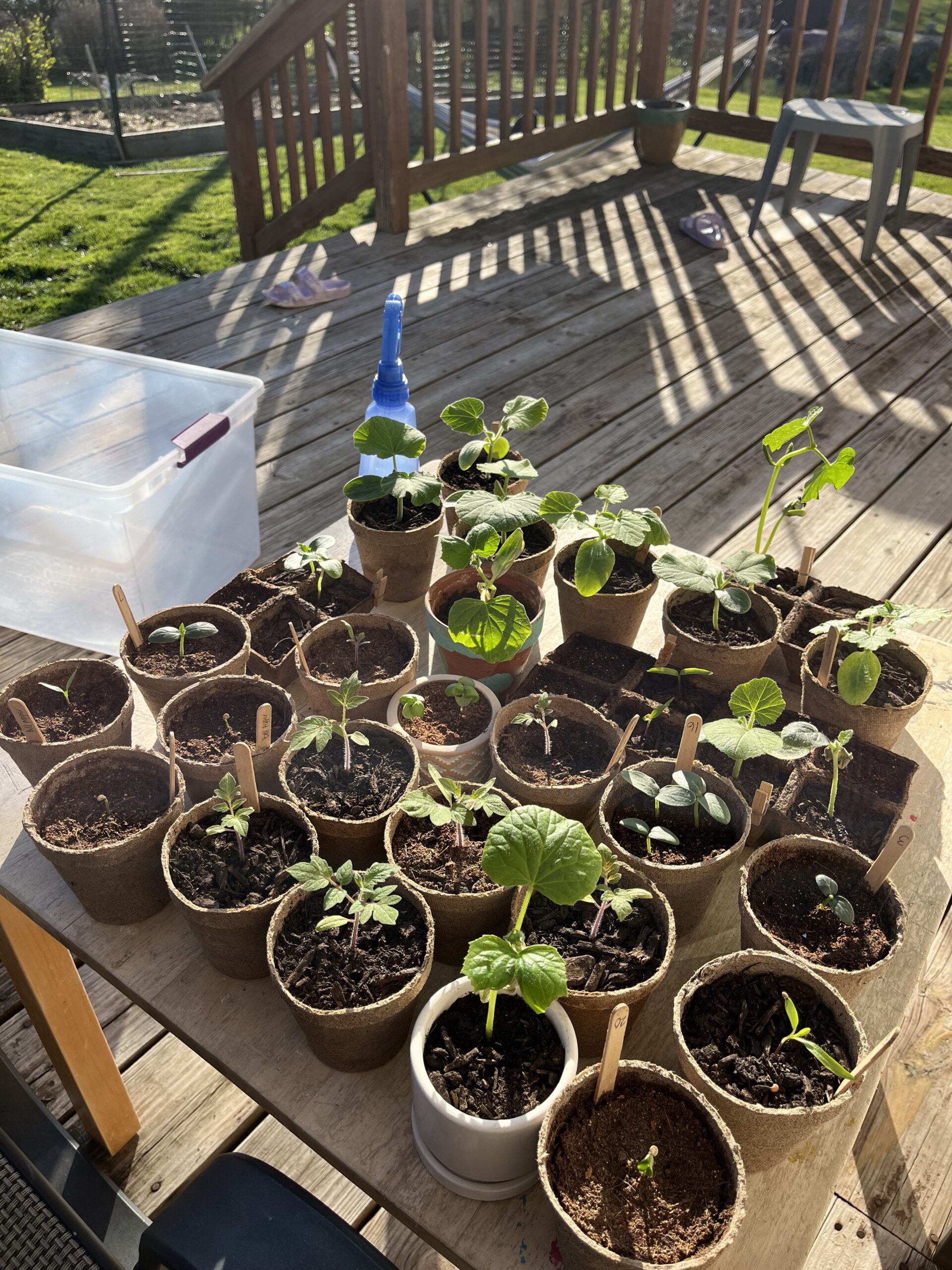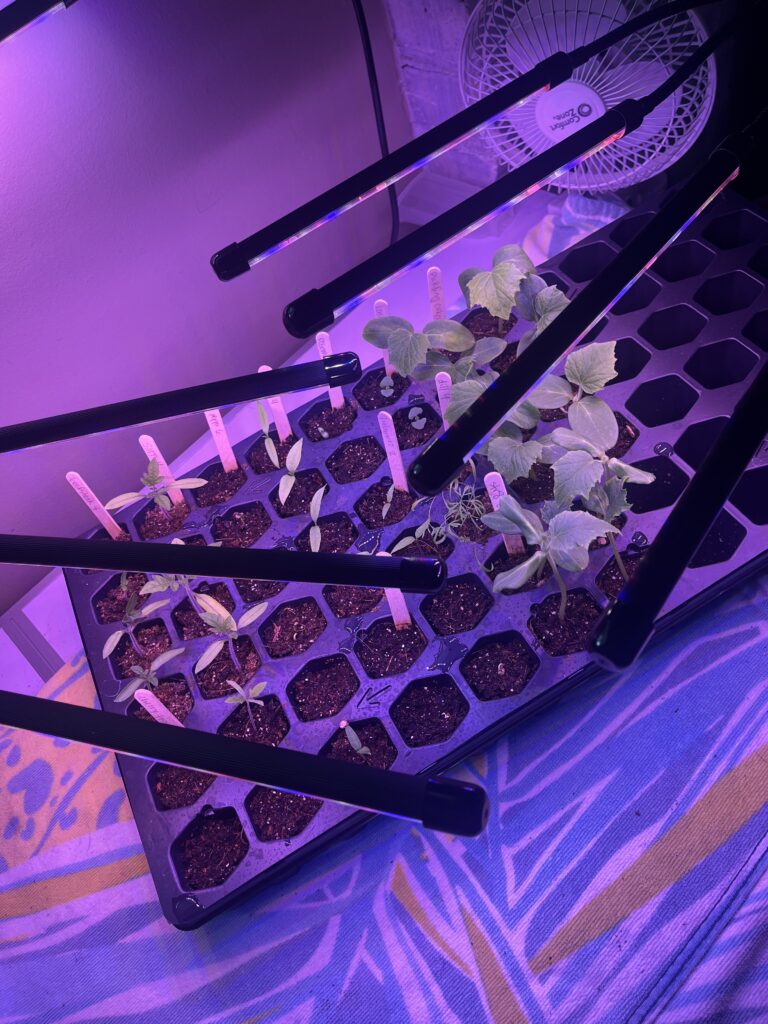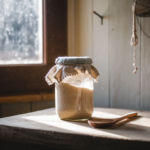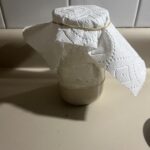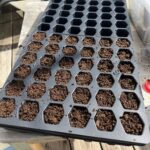When I first started seeds indoors, I had no idea what “hardening off” meant. Thankfully, I figured it out quickly before I accidentally killed all of my time and hard work I had spent nurturing all of my little seedlings. Hardening off is a process you do not want to skip, trust me.
When you start seedlings indoors in a very controlled climate, moving them outside can be quite the shock and can kill them. Hardening off helps them adjust gradually to outdoor conditions like direct sun, wind, and temperature fluctuations, reducing transplant shock and increasing their survival rate.
When to Start
You need to wait until outdoor temperatures are consistently above 45-50℉. Make sure you check specific plants, as some like it to be much warmer.
Look ahead at the forecast 7-14 days before you want to transplant the plants to your garden. Avoid starting this process when extreme weather is forecasted, for example – really windy conditions, storms, heatwaves, etc.
Step 1: Prepare Your Seedlings
Before their first outdoor experience, water well to prevent dehydration. Find a shady, wind-protected spot to place them.
Consider using a large plastic tub like in the picture below. It is helpful in carrying them all outside at once and it acts as a wind barrier.

Step 2: Introduce Seedlings to Outdoor Conditions Gradually
Days 1-3: Limited time outdoors in a shady wind-protected space
Day 1: Bring your seedlings outside and let them sit for about 2 hours in a shady, wind-protected space – like under a tree or a covered porch.
Day 2: Increase the time to 3 hours.
Day 3: Increase the time to 4 hours.
Days 4-6: Increase exposure
Avoid the harsh, midday sun. Some light breezes are good, but avoid strong winds.
Day 4: Start with 1 hour in the morning sun, and then shade for 4 hours.
Day 5: Increase the amount of time in the morning sun to 2 hours, and then shade for 5 hours.
Day 6: Expose the plants to gentle, morning sun for about 4 hours, then shade for 6 hours.
Days 7-9: Introduce direct sun and wind
Day 7: Move the plants to direct sunlight for 4 hours and shade for the rest of the day.
Day 8: Increase the amount of direct sunlight to 6 hours and then shade for the remainder of the day.,
Day 9: Increase the time in direct sun to 8 hours, shade the rest of the day.
Bring them inside if the temperature drops below their tolerance, or if the wind picks up.
Days 10-14: Full day exposure and overnight trials
At this point, you can leave your seedlings outside for the entire day and try to leave them out throughout the night. If the temperature is supposed to drop below 45-50℉, bring them inside. Continue to water them regularly – in the morning is best so the sun and wind can dry up excess moisture to prevent mold or other diseases.
Step 3: Transplanting into the garden
After 7-14 days, your seedlings should be ready for full sun, wind, and soil conditions. It is beneficial to choose a day that is calm and overcast to help reduce stress to your plants. Give them plenty of water after transplanting, but be careful not to overwater.
More helpful tips
The best way to prevent your plants from dying is to constantly check on them for signs of stress. These are a few common problems and solutions.
Wilting: This can be caused by under- or over-watering. Ensure you water your plants thoroughly, but you don’t want soggy soil. Too much water can cause root rot. Keeping a small fan nearby on your plants can help with drying up excess moisture.
Sunburn: Look for white, yellowing, or crispy leaves. This can mean that the leaves got too much sun too quickly. If you notice this during the hardening off process, put them in shade or inside immediately.
Pests: Watch for birds, squirrels, bugs, slugs, and other pests. I’ve had squirrels dig up my freshly planted seedlings before and birds try to rip them up to find worms. It is beyond frustrating. Consider covering your seedlings with netting or other light-filtering material.
Wrapping it Up
Hardening off seedlings can be easy when you follow a daily guide like the one I have posted above. You can certainly speed up the process and do this in about 7 days, just watch the plants closely and you will be able to tell if they can or can’t handle more.
Download this handy hardening off guide here so you don’t have to keep searching for this post every day.

